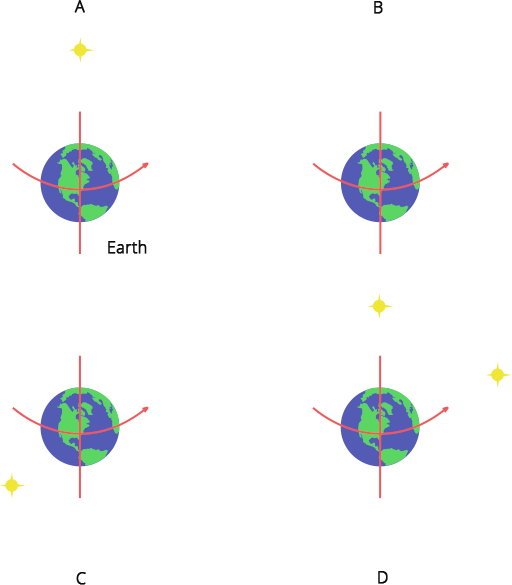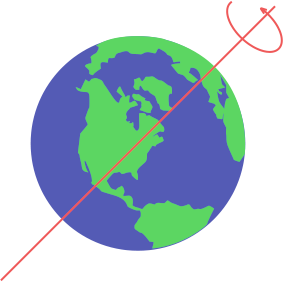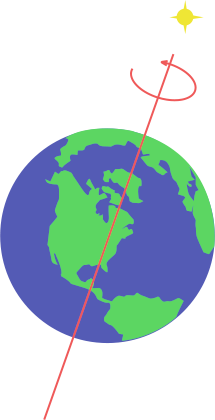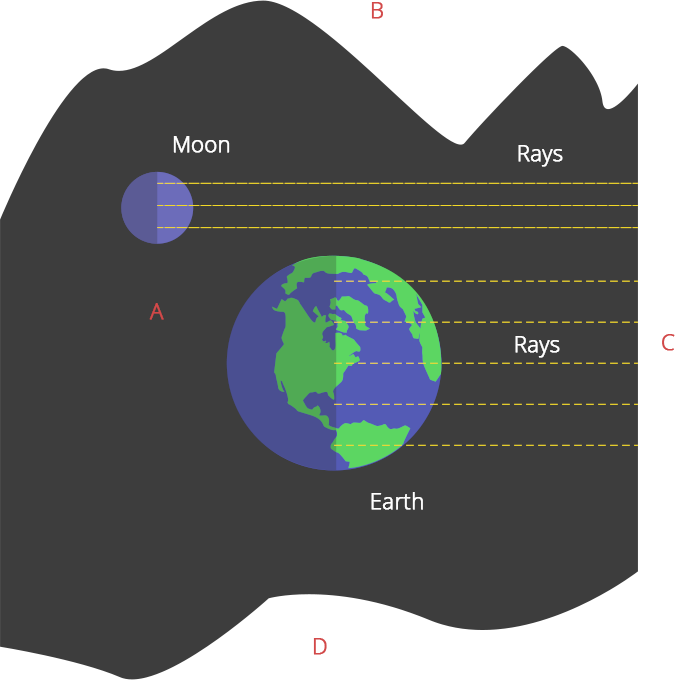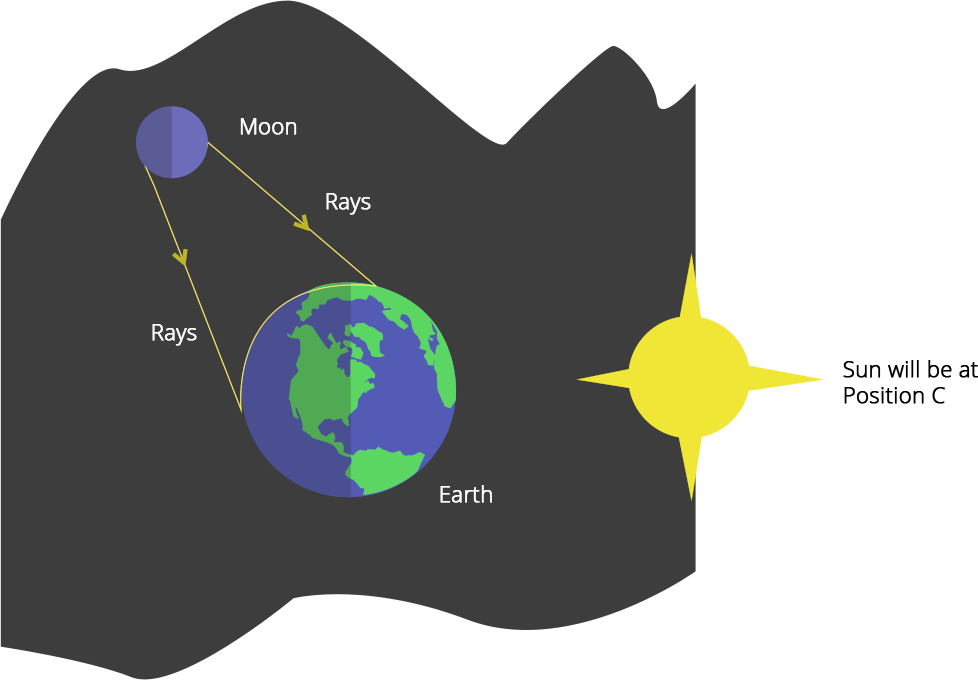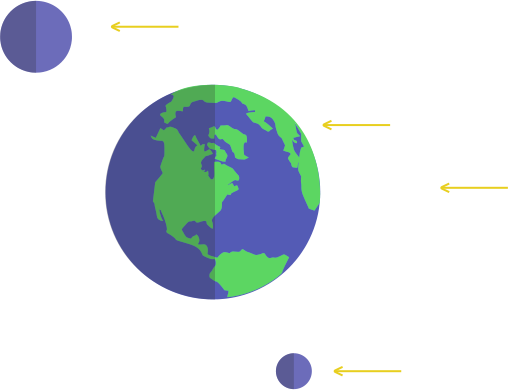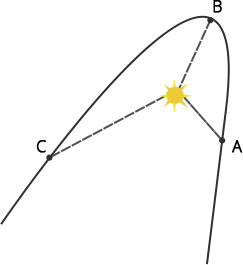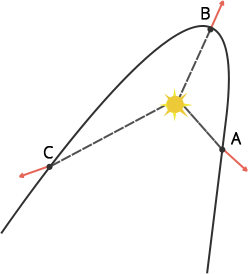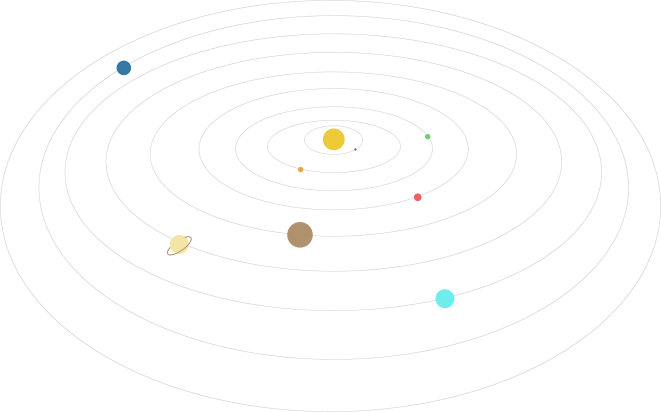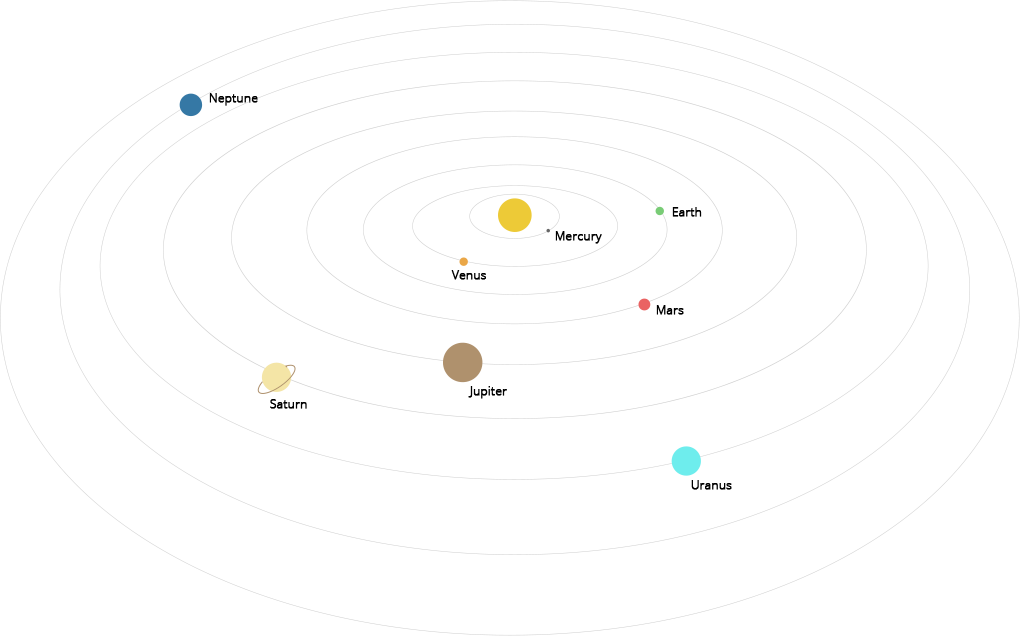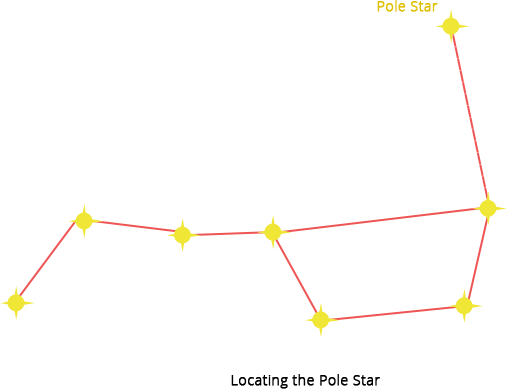Class 8 Science NCERT Exemplar Solutions Chapter 17 Stars and Solar System
FAQs on NCERT Exemplar for Class 8 Science Solutions Chapter 17 Stars and Solar System
1. Why should I get the NCERT Exemplar Class 8 Science Solutions Chapter 17 Stars and Solar System PDF from Vedantu?
There are various reasons why one must download the NCERT Exemplar Class 8 Science Solutions Chapter 17 Stars and Solar System PDF from Vedantu. Some of these include:
- Student's doubts about the NCERT Exemplar textbooks are cleared by the fully solved answers.
- The answers will be useful not only for board examinations but also for a variety of competitive examinations and science olympiads.
- The NCERT Exemplar Answers use simple language to assist students to achieve excellent grades on board exams.
- Subject specialists create answers that are precise and real to boost students ’ self-confidence.
- The comprehensive solutions to all of the problems aid students in their preparation for the board exam.
2. How do you respond to challenging problems in the NCERT Exemplar Class 8 Science Solutions Chapter 17 Stars and Solar System?
Pupils must concentrate on mastering the basic concepts in order to fix difficult queries. Key sections should be given higher emphasis than other sections. A clear understanding of the chapter not only aids students in answering problems but also in implementing new ideas in the future. Students interested in pursuing this subject in further education should have a solid understanding of concepts such as the moon, stars, constellations, and the solar system.
Thus, you need to brush up on your concepts again and revisit the solutions provided on the Vedantu website to resolve challenging questions of the chapter NCERT Exemplar Class 8 Science Solutions Chapter 17 Stars and Solar System.
3. Are NCERT Exemplar textbooks really helpful?
NCERT Exemplar books are used in several schools for teaching and learning. Pupils in higher grades, such as 8th, will want NCERT solutions for Class 8 to properly prepare for their final examinations. The CBSE NCERT answers for Class 8 are very helpful in understanding how to solve problems from the book as well as the final test. This isn't the only benefit. Learning the NCERT solutions from NCERT Exemplar Class 8 Science Solutions Chapter 17 Stars and Solar System will help students prepare for higher classes and the board examinations that will follow. On the Vedantu website, you can find subject-by-subject NCERT Exemplar answers for Class 8 for all of the problems and chapters in the NCERT Exemplar.
4. What are the integral benefits of using NCERT Exemplar Class 8 Science Solutions Chapter 17 Stars and Solar System?
The NCERT Exemplar Class 8 Science Solutions Chapter 17 Stars and Solar System provided by Vedantu are the most accurate and reliable since they are prepared by the top subject specialists at Vedantu.
NCERT Exemplar Class 8 Science Solutions Chapter 17 Stars and Solar System are straightforward to comprehend and will assist you in solving questions from the chapter very easily. You will also build a strong understanding of the ideas, which will help you in higher studies. The added advantage is that now there is no need for you to register in tutions or coaching because the NCERT Exemplar Class 8 Science Solutions Chapter 17 Stars and Solar System are provided in detail and solves all of the possible doubts you will encounter.
5. How can I find the solutions for the NCERT Exemplar Class 8 Science Solutions Chapter 17 Stars and Solar System?
To find the solutions for the NCERT Exemplar Class 8 Science Solutions Chapter 17 Stars and Solar System, you must follow the steps told below:
Go to the website of Vedantu and find the chapter to find the solutions for NCERT Exemplar standard 8 solutions and also NCERT Exemplar Class 8 Science Solutions Chapter 17 Stars and Solar System. Navigate to the chapter where you want to see the solutions available in an online form as well as the PDF
To improve your preparation, look up the question you want to check the answer to or use all of the answers provided there.
Math is a subject that demands a lot of practice. The NCERT solutions for Class 8 can assist you with this. In terms of finding the solutions for NCERT Exemplar standard 8 solutions and also NCERT Exemplar Class 8 Science Solutions Chapter 17 Stars and Solar System, the principles covered in the book are vital foundations for future classes.


















